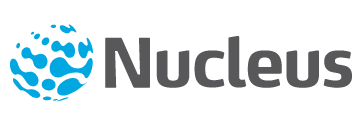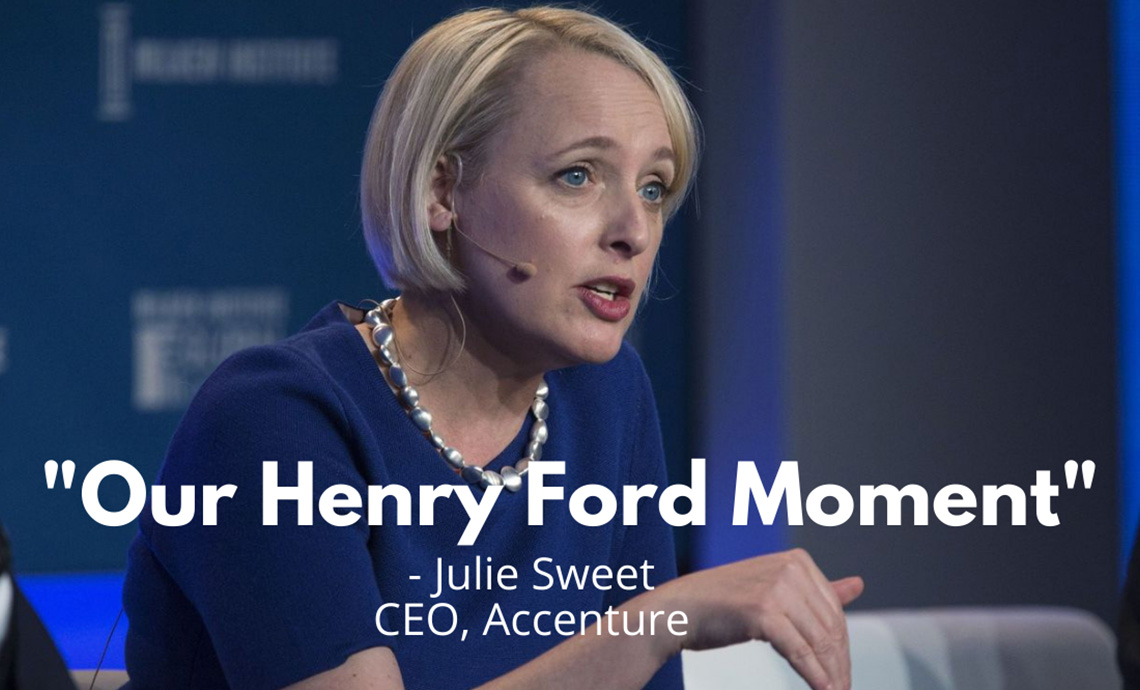“Perhaps the most interesting part of the discussion, raised by [Ron] Moen, was the potential of moving away from models in which the AMS is at the center of the association’s technology infrastructure,” wrote Ernie Smith, Social Media Journalist for Associations Now, in his recap of a session at ASAE Tech 2017.
You don’t have to journey far to hear discussions about data replacing the AMS as the center of the association technology ecosystem. But what does that migration really entail, and will it impact your operations?
For starters, it means deploying a new technology platform to collect and aggregate data from your other systems for storage, reporting, and analysis. The end goal of this effort, of course, is to improve data-informed decision making at every level in your organization so you can best meet your constituents’ needs.
Data Technology is Evolving
Moving data to the center of the association technology ecosystem is simply the next step in the evolution of the ecosystem. The first AMS systems evolved as databases to track and facilitate membership dues transactions, event registrations, and print publication subscriptions when these interactions all occurred offline. With the advent of the internet, associations began engaging members digitally, through websites, email marketing, online learning, online communities, etc. – and AMS systems added features to address these new needs.
At the same time, “best-of-breed” systems – systems with a discrete focus on being the best product in a specific functional area – were created to deliver functionality that wasn’t always available in the more generalized AMS offerings. Associations began to use these systems alongside their AMS, but not without a cost: for the first time, there was no single location where data was stored for reporting and analysis.
To address this issue, associations store the data from these other systems in their AMSs, but this solution is less than ideal. The AMS is a transactional system designed to manage the data that it collects. While it does this exceedingly well, the AMS was not built to surface and analyze data from other systems, especially as the amount of data these systems collect continues to explode (page views, clicks, email opens, etc.). Associations need a better solution: a platform purpose-built to store, blend, and analyze data from other systems.
5 Reasons for Centralized Data
The concept of placing data in the center is quickly gaining momentum, and understandably so. Here are five benefits of having a dedicated platform that stores, analyzes, and visualizes data from all of your different systems. You can:
- Make better decisions by using all of your data
Your transactional systems each collect valuable information about how your members are interacting with your organization. Information that, when used together, can provide a complete picture for making informed, timely decisions that drive your organization forward. - Rely on a single source of truth
With the right data solution in the center, everyone in the organization is using the same trusted source to guide business decisions. Gone are the days of conflicting numbers due to differences in source system, business rules, or query parameters. - Simplify your integrations
Removing the reporting and analysis burden results in simpler and less expensive integrations. Instead of passing large amounts of data to systems that aren’t set up to use it, each integration can focus on delivering only the relevant data the target system needs to make decisions. - Reduce vendor lock-in
Data is platform-agnostic, so putting data at the center reduces your dependence on any single vendor. Whether you need to add, remove, or replace one of your transactional systems, your historical data remains available and reporting and analysis is unaffected. - Empower your entire team with data access
For a variety of reasons – licensing, complexity, job function, etc. – transactional systems are generally limited in use to specific individuals or teams. With the right data platform in the center of your ecosystem, you can equip everyone with easy access to meaningful data, which enables better decision-making at every level of your organization.
Data into the Future
Data-informed decisions are an increasingly critical component of organizational success, and as the volume of data captured across transactional systems continues to grow, so does the need for a central data repository and visualization solution, like our Nucleus platform. Your goal is to make better-informed business decisions, and being equipped with appropriate technology builds the foundation for success.



